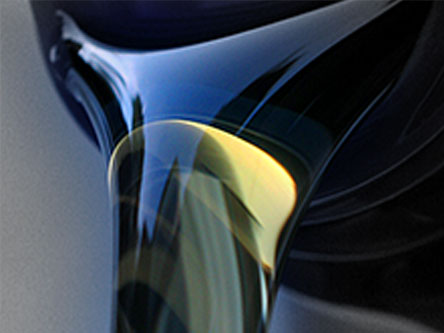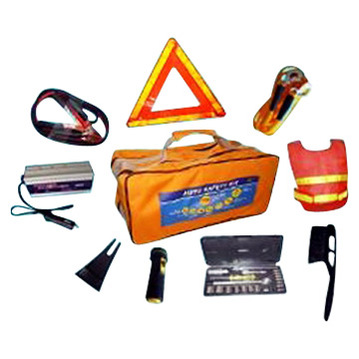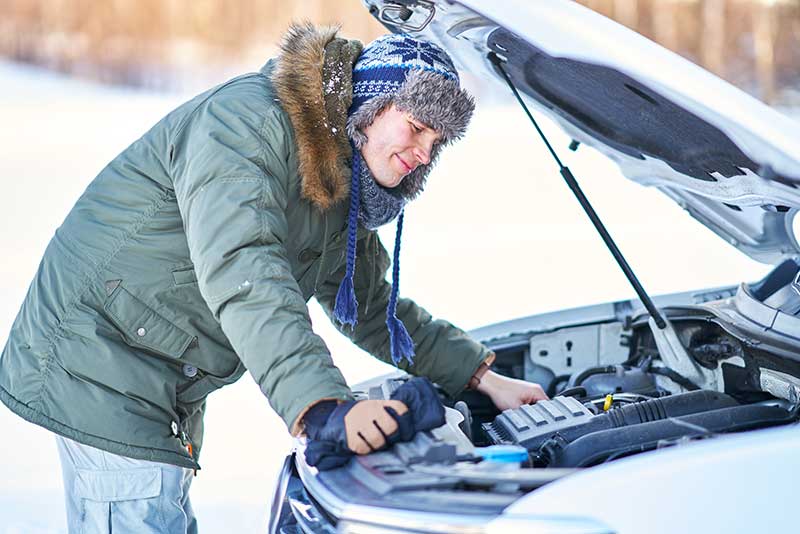How to Handle Automobile Emergencies

Should You Spring for Synthetic Oil?
January 23, 2012
Engine and Transmission Maintenance
October 20, 2015
If you experience any of these common vehicle problems it is imperative to remember not to panic. When you start to panic, you will start to make bad decisions. Here is a rundown of what can happen and what you can do to get back on the road safely:
-
Fires: while exceedingly rare, vehicle fires are dangerous situations. Your car is full of combustible materials such as fuel, oil, and grease. The key is to have the right safety equipment beforehand. Keep a properly rated fire extinguisher in your car at all times. At the first hint of a fire, you will be well armed to keep the fire at bay while the fire department arrives. These few seconds can mean the difference between life and death.
-
Dead Battery: a lot of things can drain the charge from your battery and sometimes without you even knowing: a short, corrosion, or an interior light can all dissipates your batteries cranking power. Batteries contain acids that can literally strip off layers of your skin so, please wear protective gloves. When jumping your car battery, be sure to connect the cables in proper order. Connect the positive, usually red, cable from the good car to the dead car; then, connect the negative, usually black, cable from the negative terminal of the good car to the frame or engine block to the dead car.
-
Flat Tire: make sure your car is as stable as possible and away from traffic. Chock the tires with a rock and remove the spare tire and loosen the lug nuts before jacking the car. Never crawl under a jacked car! A passing truck can easily create enough of an air disturbance to knock the jack loose.
While you will probably experience some kind of emergencies, staying calm and using a little common sense can get you back on the road safely and quickly.

